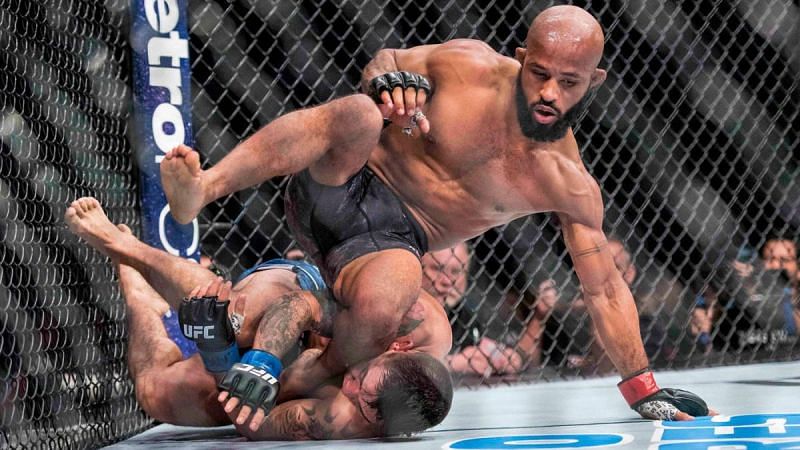- Lynde johnson bodybuilders diet reviews
- Lynde johnson bodybuilders diet weight
- Lynde johnson bodybuilders diet recipes
You are currently consuming a very-high-protein, low-to-moderate-carbohydrate and very-low-fat diet. You should avoid excluding a particular food group completely as this will almost inevitably cause nutrient imbalances. Current acceptable recommendations on protein requirements are 1-2. 2 g/kg body weight or 15-25% of the total energy intake. Fat requirements may be as low as 20% of total intake with carbohydrates making up the balance. So you do need a small amount of healthy fat. Try to incorporate this into your diet (avocado pears, canola or olive oil, nuts and seeds, peanut butter). 2. In terms of protein intake and building muscle, we now know that your muscles are only able to use a limited amount of protein for growth, as long as there's adequate carbohydrate to fuel the strength training required to build muscles. Any excess protein (amino acids) will be broken down and either stored as fat or later used as a source of energy. Breaking down amino acids requires excretion of water, so excessive protein intakes contribute to a fluid imbalance in your body.
Lynde johnson bodybuilders diet reviews


Lynde johnson bodybuilders diet weight
- Lynde johnson bodybuilders diet cookbook
- A Better Diet will Boost Your Mood and Increase Energy
- Lynde johnson bodybuilders diet 2
- Lynde johnson bodybuilders diet food
Lynde johnson bodybuilders diet recipes
Rehydrate fully after training, using your pre-training weight as a guide. Sports drinks (5-7% concentrations) are good options as they are quickly emptied from the stomach and replace sodium losses, without causing gastric cramps (may occur with 10% concentrations). In your case, however, your choice of drink may depend on your weight goals, particularly if you are competing. If you wish to lose weight, dilute sports drinks. Sports water (need electrolytes, not calories) or plain water may be preferred with solid foods providing your carbohydrate. 6. Be aware of the amount of food that you are eating. This should also be practical and able to be implemented in other settings outside of home. I have included a guide for visualising various servings: 90g red meat/ poultry/ fish = deck of playing cards 30g cheese = 1 matchbox 1 muffin/roll = a fist 1 tsp butter = 1 thumb tip 125ml (½ cup) pasta/ rice/ vegetables = tennis ball 125ml (½ cup) ice cream = tennis ball 30g (2 Tbsp) nuts/ sweets = one handful 1 medium potato = computer mouse 1 biscuit = a bath plug 250ml (1 cup) cereal = a fist A medium apple/ pear/ orange = tennis ball Read: Building muscle: the skinny on how to bulk up 7.

In time, it may accelerate calcium losses, lead to kidney problems and gout. Even after training, when you need the extra protein for anabolic/muscle building and recovery benefits, protein should always be consumed in combination with carbohydrate. Make sure you're eating adequate amounts of carbs for the amount of protein that you're eating. Too little carbohydrate will also result in low energy levels, making it difficult for you to train and perform at your best. Portions of foods providing 10g protein (taken from 'Eating for Sport' by Shelley Meltzer & Cecily Fuller): 50g grilled/ cooked fish 50g tuna, salmon, pilchards 35g lean beef, lamb, veal, game (cooked) 40g chicken, turkey (skinless, cooked) 50g ostrich (cooked) 2 small or 1 large chicken egg The whites of 3 large eggs 70g cottage cheese (low fat/ fat free) 30g low-fat cheese 200ml (¾cup) low fat fruit yoghurt 300ml (1¼cups) low fat milk 30ml (2Tbsp) low fat or skim milk powder 250ml (1 cup) liquid meal replacement (made with skim milk or water) 160ml (?